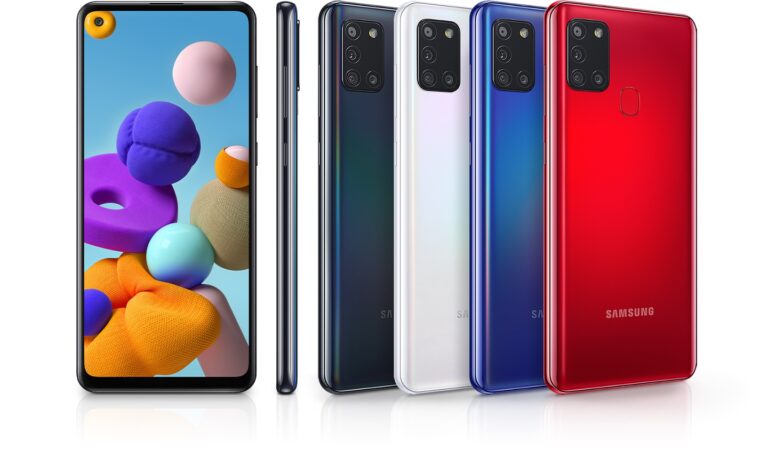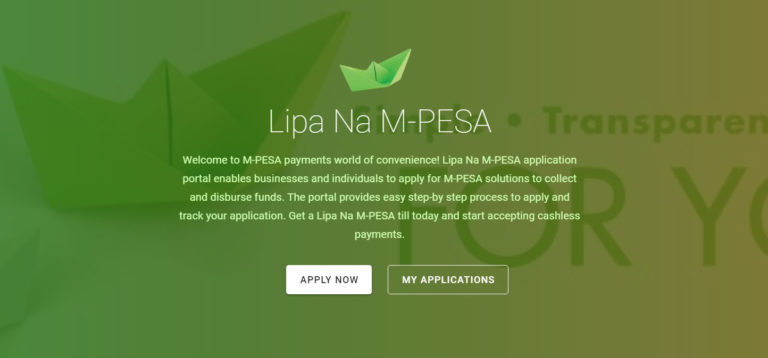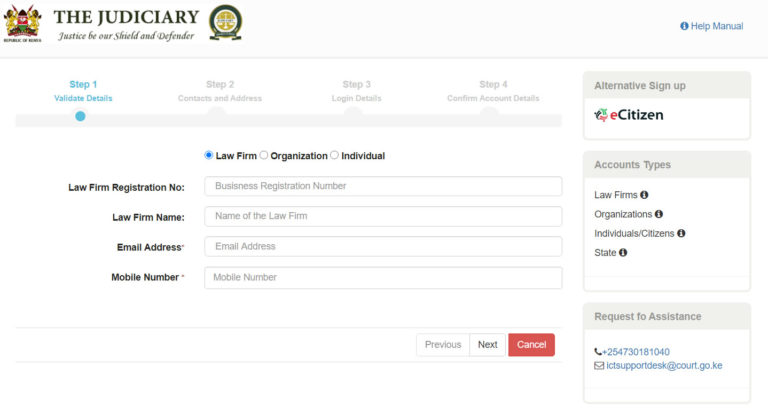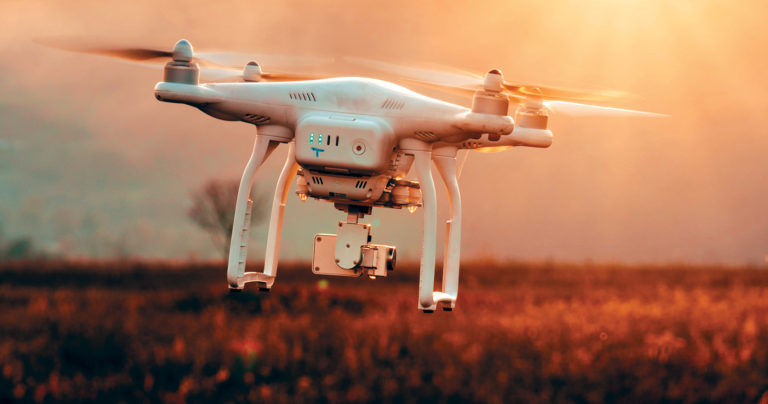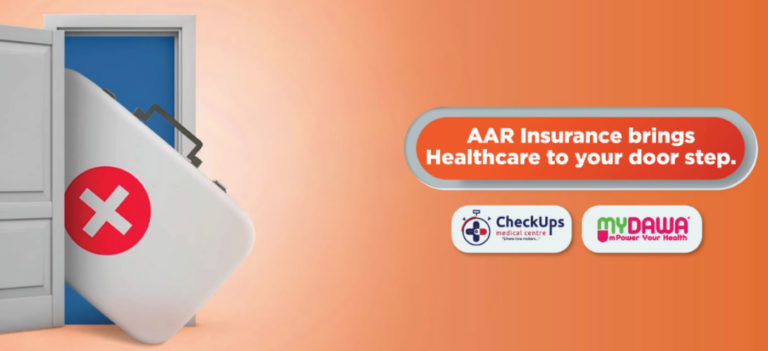After unveiling a similar initiative with most of Kenya’s popular newspapers including Daily Nation and the Standard newspapers, Safaricom has partnered with Radio Africa Group and Mediamax to include The Star and People Daily Newspapers on its portal. The move will allow subscribers to buy e-papers from the two vendors for only KES 10 per issue. This comes a midst Kenya’s biggest mobile service provider unveiling a digital portal that enables subscribers purchase and access newspapers on the go using airtime.
Speaking on the move, Patrick Quarcoo CEO of Radio Africa Group said, the media house was excited to partner with the Telco for its very first digital edition issue. Patrick further said the company looked forward to providing Safaricom’s customers with unique value adds by utilizing their extraordinary and exclusive breaking news and insights from The Star newspaper’s extensive countrywide network of award-winning journalists and analysts. He added Safaricom customers will be receiving a 50 percent launch offer.
Mediamax CEO Ken Ngaruiya on his part said the organization was proud to be pioneers in the provision of a free daily newspaper in Kenya. Ken acknowledged the company’s milestone of distribution that is surpassing 3.5 million Kenyans daily and were excited to be a part of the Safaricom’s platform that will significantly increase the reach of their newspaper.
Safaricom’s CEO Peter Ndegwa noted how like to be in the know, and emphasized the Telco’s pursuit of technology to provide Subscribers with access to news at their fingertips through the digital newspapers. He further stated they were continuously working with partners to enrich the portal with more publications so that we have something for everyone.
Having inked a similar deal with The Standard group and Nation Media Group, today’s partnership effectively brings the total media partners on the portal to four. Subscribers will have a vast variety of local Newspapers to choose from including; Daily Nation, Business Daily, Saturday, Sunday Nation, The Standard, Saturday & Sunday Standard and The Nairobian including todays additions; People Daily and the Star.
How to buy the Star, People Daily electronic issue for Ksh10 from Safaricom
Subscribers wishing to get the added Newspaper Issues can do so by visiting www.safaricom.com and selecting the “Discover” option followed by “Newspapers”, with no registration, signup or installation of any application required. Additionally, customers can also make a purchase by dialing *550#.
After purchasing a publication, the e-paper will appear below “My Newspaper” tab for 7 days and customers will only need to enable data on their mobile phones as the cost is within the Ksh10 for the issue.



